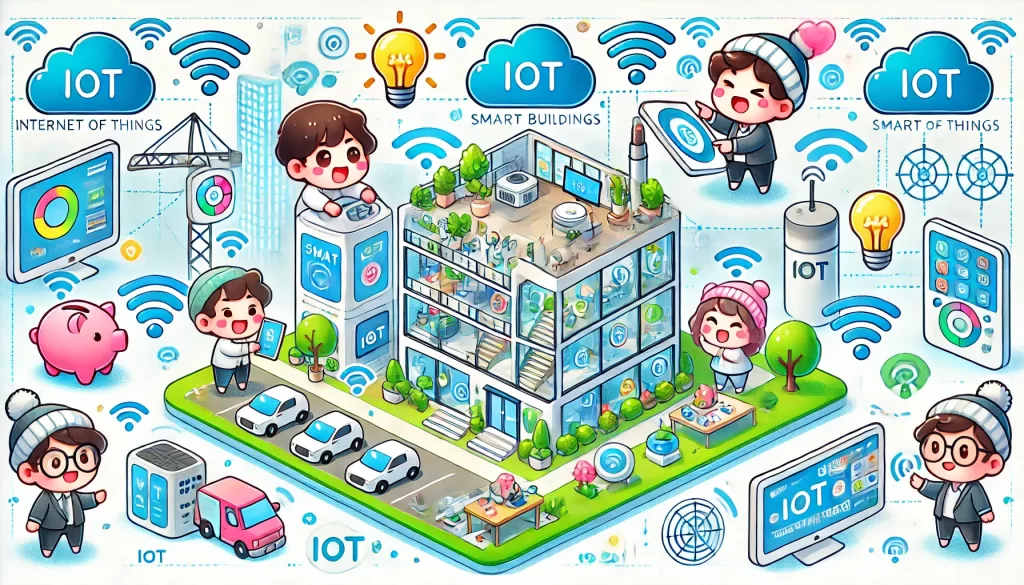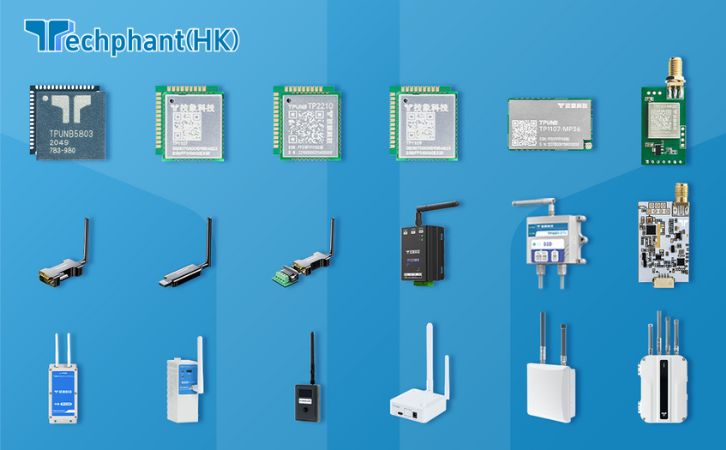Smart lighting in the Internet of Things (IoT) represents a transformative integration of lighting technology with digital connectivity, enabling advanced control, automation, and data-driven optimization. Below is a detailed exploration of its definition, components, IoT integration mechanisms, benefits, and applications.
1. Definition and Core Concept
Smart lighting refers to LED-based lighting systems equipped with wireless technology, sensors, and network connectivity, allowing remote control, customization, and automation via apps, voice assistants, or smart home ecosystems. Unlike traditional lighting (manual switches, fixed functionality), IoT-enabled smart lighting offers:
Remote Management: Control lights from anywhere via smartphones or voice commands (e.g., Alexa, Google Assistant) .
Customization: Adjust brightness, color temperature (e.g., warm to cool white), and RGB colors to suit activities or moods .
Automation: Schedule on/off times, trigger scenes (e.g., “Movie Mode”), or activate based on occupancy or ambient light .
Energy Optimization: Automatically dim or turn off lights in unoccupied spaces, reducing energy waste .
2. Core Components of IoT Smart Lighting Systems
IoT smart lighting relies on interconnected hardware and software components:
Smart LED Bulbs/Fixtures: Energy-efficient light sources with embedded wireless chips (Wi-Fi, Bluetooth, Zigbee) .
Sensors:
Occupancy Sensors: Detect human presence to trigger lighting .
Ambient Light Sensors: Adjust brightness based on natural light levels .
Motion Sensors: Used outdoors for security and energy savings .
Controllers:
Smart switches/dimmers for manual override .
Hubs/gateways for centralized communication with cloud platforms .
Connectivity Modules: Enable data transmission via Wi-Fi, Bluetooth Mesh, or Zigbee protocols .
Cloud/Edge Computing: Processes sensor data for real-time adjustments and stores usage analytics .
3. Integration with IoT Architecture
Smart lighting functions as an IoT edge device within a four-layer architecture:
Perception Layer: Sensors in bulbs/fixtures collect occupancy, light, and energy data .
Network Layer: Gateways transmit data to the cloud via secure protocols (e.g., MQTT, CoAP) .
Cloud/Management Layer: Analyzes data to optimize schedules, detect faults, or generate energy reports .
Application Layer: User interfaces (apps, voice assistants) for control and automation .
Key Integration Technologies:
Wireless Mesh Networks: Zigbee or Bluetooth Mesh enable bulbs to communicate peer-to-peer, enhancing reliability .
APIs and Ecosystems: Integration with platforms like Apple HomeKit or Samsung SmartThings for unified smart home control .
4. Advantages of IoT Smart Lighting
Energy Efficiency: Reduces consumption by 25–50% through automation and LED efficiency .
Enhanced Security: Motion-activated outdoor lighting deters crime; remote control simulates occupancy during travel .
User Convenience: Voice commands, geofencing (lights on when arriving home), and scene customization .
Data-Driven Insights: Tracks usage patterns for predictive maintenance and further optimization .
Sustainability: Longer LED lifespan (20–25× traditional bulbs) lowers waste and carbon footprint .
5. Real-World Applications
Smart Homes:
Adaptive lighting for circadian rhythm support (e.g., cooler light in mornings) .
Integration with security systems (lights flash during intrusions) .
Commercial/Public Spaces:
Offices: Lights adjust based on occupancy and daylight, cutting energy costs .
Retail: Dynamic lighting highlights products or guides customers via color changes .
Smart Cities:
Streetlights dim during low traffic, brighten during emergencies, and report outages automatically .
Data collection for urban planning (e.g., foot traffic heatmaps) .
6. Challenges and Future Trends
Interoperability: Fragmented ecosystems may require standardized protocols (e.g., Matter) .
Security Risks: Vulnerabilities in wireless networks demand encryption and firmware updates .
Emerging Trends:
Li-Fi (light-based data transmission) for high-speed internet .
AI-driven predictive lighting (e.g., anticipating user preferences) .
Conclusion
Smart lighting in IoT transcends basic illumination by merging connectivity, automation, and data intelligence. It transforms lighting into an interactive, efficient, and adaptive system integral to smart homes, cities, and industries. As IoT evolves, smart lighting will further leverage AI, 5G, and edge computing to enhance sustainability, security, and human-centric design .



